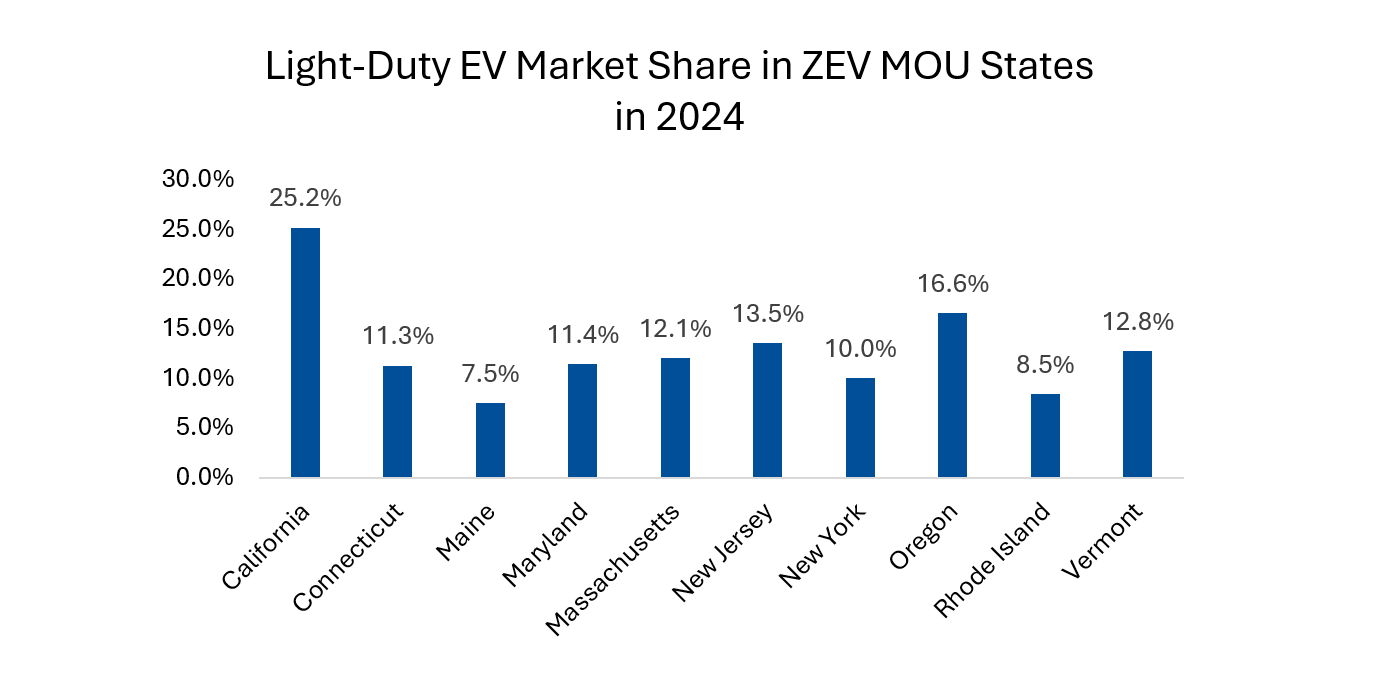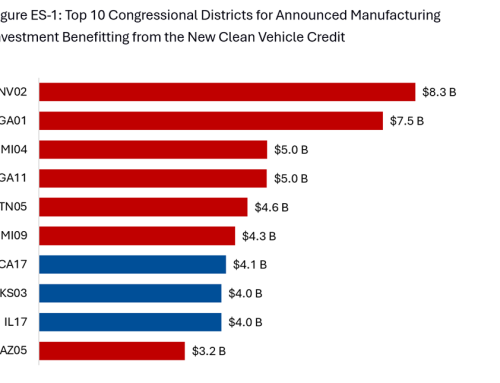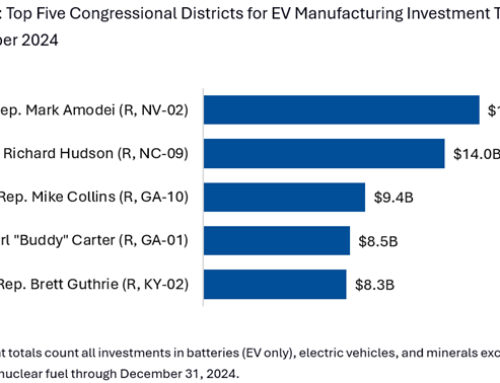
Source: EV Market Dashboard
Earlier this month, the Northeast States for Coordinated Air Use Management (NESCAUM) released a report announcing that ten states have successfully met their collective goal of putting 3.3 million electric vehicles (EVs) on the road by 2025. This achievement marks a significant milestone in the transition to cleaner transportation and demonstrates the effectiveness of coordinated state efforts to accelerate EV adoption.
In 2013, a coalition of ten states signed a Memorandum of Understanding (MOU) to advance EV adoption and market development. The signatory states — California, Connecticut, Maine, Maryland, Massachusetts, New Jersey, New York, Oregon, Rhode Island, and Vermont — committed to implementing policies and programs that would support widespread EV deployment. The agreement also established a multi-state Zero-Emission Vehicles (ZEV) Program Implementation Task Force to foster collaboration among states and support the implementation of ZEV regulations.
According to NESCAUM, which cites data from our EV Market Dashboard, EV registrations in these ten states surged from 87,506 in 2013 to more than 3.3 million by the end of 2024. In 2024 alone, nearly all of these states achieved a light-duty EV market share exceeding 10 percent. Maine and Rhode Island reported market shares of 7.5 percent and 8.5 percent, respectively.
NESCAUM attributes this success to several key market-enabling factors. First, the report emphasizes that sufficient charging infrastructure plays a critical role in boosting consumer confidence and encouraging EV adoption. Over the past decade, the number of charging ports — both DCFC and Level 2 — in these ten states increased by 2,397 percent, rising from 3,801 ports in 2014 to 94,898 ports by the end of 2024. Furthermore, the signatory states have made substantial progress in deploying charging stations through the National Electric Vehicle Infrastructure (NEVI) program. Collectively, these states have awarded more than $71.4 million in NEVI funds to support EV charging development along highway corridors, with Maine, New York, Rhode Island, and Vermont already bringing NEVI-funded chargers online.
Another factor driving EV adoption is the significant expansion of available EV models. In 2013, only 16 EV models were on the market. Today, consumers can choose from over 150 models, including compact cars, large sedans, crossovers, SUVs, minivans, and pickups — many of which offer all-wheel drive options. This broader selection ensures that EVs are accessible to a wider range of consumers, promoting their adoption.
Lastly, NESCAUM highlights various initiatives that have supported EV adoption, including state-level purchase incentives, dealership engagement programs, consumer awareness campaigns, utility partnerships, and workplace charging programs. These efforts have played a crucial role in reducing barriers to EV adoption and facilitating a friendlier EV market.
To explore NESCAUM’s full report, click here. For a deeper dive into EV sales trends in the United States, visit our EV Market Dashboard.

